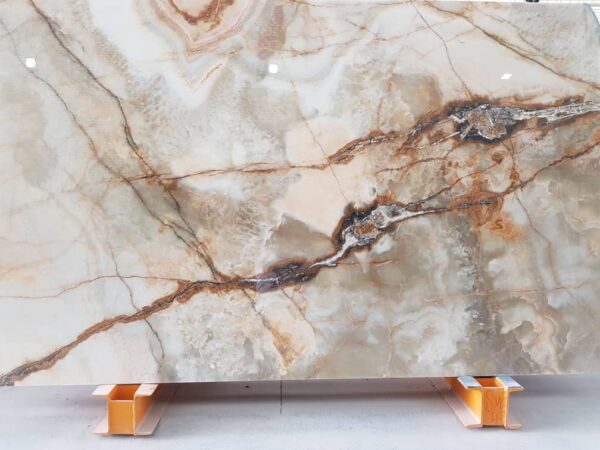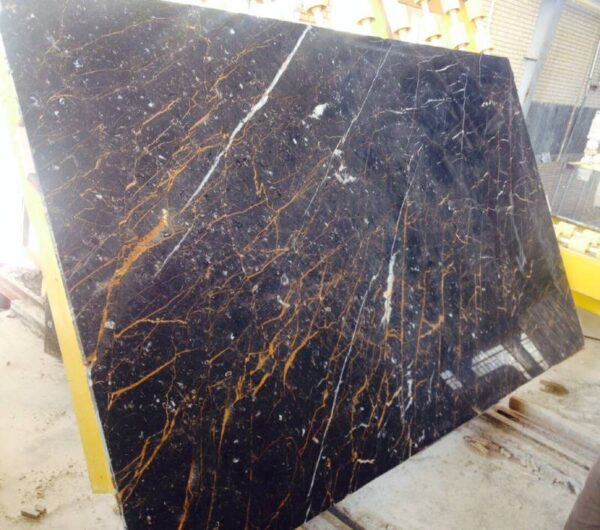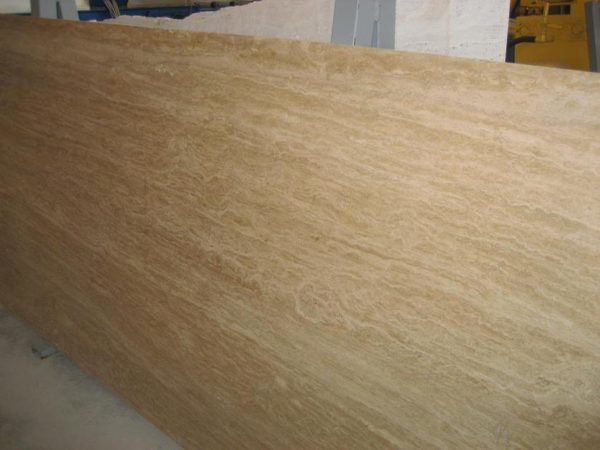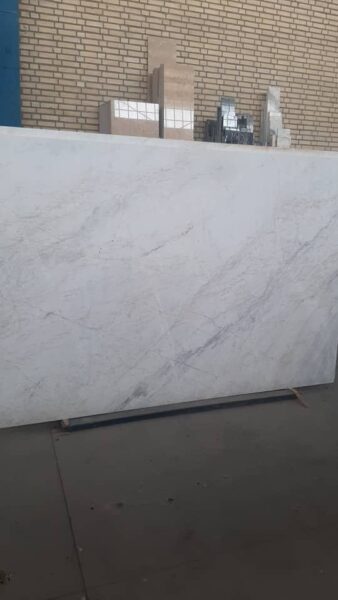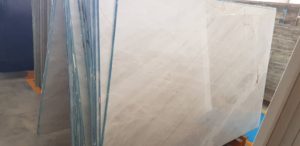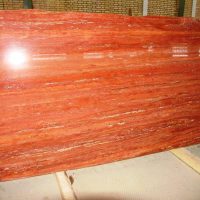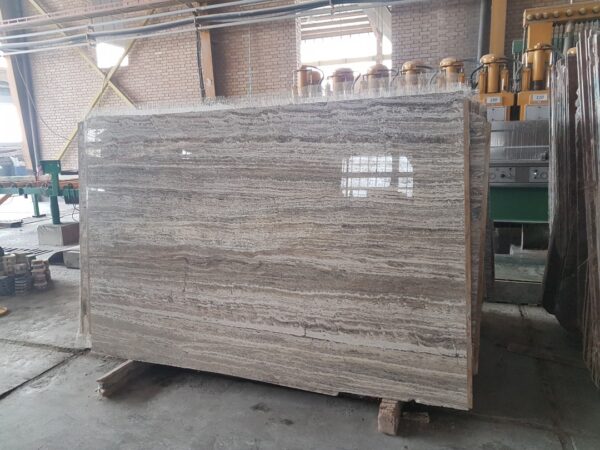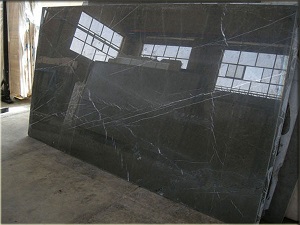Пошаговое руководство
Введение: Преобразование мраморных блоков в плитку
Мрамор — это вневременной натуральный камень, который добавляет элегантности и роскоши любому пространству.. На протяжении веков, мраморные блоки использовались в строительстве, архитектура, и дизайн. тем не мение, сделать мрамор более практичным для домашнего использования, его часто конвертируют в мраморная плитка для пола, стены, и столешницы. Если вам интересно, как мраморные блоки превращаются в плитку, В этой статье представлено подробное руководство по процессу от добычи до готового продукта..
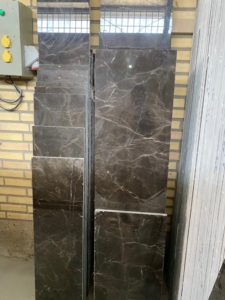


Карьерный процесс: Поиск мраморных блоков
Путь преобразования мраморных блоков в плитку начинается с карьер. Мрамор добывают из карьеров., где из земли добывают большие каменные глыбы. Вот как работает этот процесс:
- Добыча: В мраморных карьерах, алмазные канатные пилы, большие режущие машины, или взрывные методы используются для извлечения массивных блоков мрамора из забоя карьера. Эти блоки, часто весом в несколько тонн, тщательно отделяются от земли, чтобы обеспечить минимальный ущерб камню.
- Транспорт на заводы: После извлечения, мраморные блоки транспортируются на производственные предприятия, где они перерабатываются в пригодные для использования материалы, такие как плитка., плиты, или другие продукты.
Процесс резки: От блоков к плитам
После прибытия мраморных блоков на завод, процесс их преобразования в мраморная плитка начинается. Первый шаг — разрезание блоков на более тонкие плиты..
- Групповая резка пилой: Большие режущие машины, известный как бандитские пилы, используйте несколько лезвий, чтобы разрезать мраморные блоки на плиты.. Эти пилы могут резать несколько плит одновременно., обеспечение эффективности и точности. Толщина плиты определяется типом производимой плитки или изделия., стандартной толщины от 10 в 20 миллиметры для плитки.
- Алмазный диск для резки: Некоторые производители используют алмазные диски., которые способны разрезать мрамор с чрезвычайной точностью.. Этот метод гарантирует сохранение естественной красоты и узоров мрамора в процессе резки..
- Полировка плит: После резки плит, они проходят через процесс полировки. Полировка подчеркивает естественные цвета и узоры мрамора., создание гладкого, глянцевая отделка, которой славится мраморная плитка. Специализированные машины используют абразивы для полировки плит до желаемого блеска., будь то глянцевый или матовый.
Резка плит на мраморную плитку
После того как плиты отполированы, они готовы быть разрезанными на плитки. Этот шаг требует точности и внимания к деталям, чтобы плитки были одинаковыми по размеру и форме..
- Точная резка: Полированные слябы подаются на отрезные станки., которые разрезают плиты на более мелкие кусочки, создание отдельных плиток. Наиболее распространенные размеры плитки включают 12″х12″, 16″х16″, и 18″х18″, хотя можно также создать нестандартные размеры в зависимости от требований проекта.
- Контроль качества: После резки, каждая плитка проверяется на качество. Производители проверяют на наличие трещин, чипсы, и несоответствия по толщине или рисунку. На следующий этап производства передается только плитка, соответствующая строгим стандартам..
- Отделка кромок: Края плитки сглажены и обработаны, чтобы обеспечить безопасность при укладке и использовании.. Этот шаг также может включать скашивание краев для создания особого эстетического вида., такие как квадратные или смягченные края, в зависимости от потребностей проекта.
Упаковка и распространение: Подготовка плитки к продаже
После того как плитка разрезана и отполирована, они проходят упаковку и распространение. Мрамор – деликатный материал, поэтому с ним следует обращаться осторожно на протяжении всего процесса доставки..
- Герметизация и защита: Некоторые производители применяют защитный герметик на плитку перед упаковкой. Этот герметик помогает предотвратить появление пятен и облегчает очистку плитки после ее укладки..
- Упаковка для доставки: Мраморная плитка тщательно упаковывается в ящики с набивкой и сепараторами, чтобы предотвратить повреждение при транспортировке.. Плитки сложены и надежно упакованы, чтобы свести к минимуму перемещение и снизить риск сколов или трещин..
- Распределение: Окончательно, мраморная плитка отгружается дистрибьюторам, розничные продавцы, или напрямую клиентам. Отсюда, плитку можно укладывать в домах, офисы, и коммерческие здания, привнесение элегантности мрамора в повседневные помещения.




